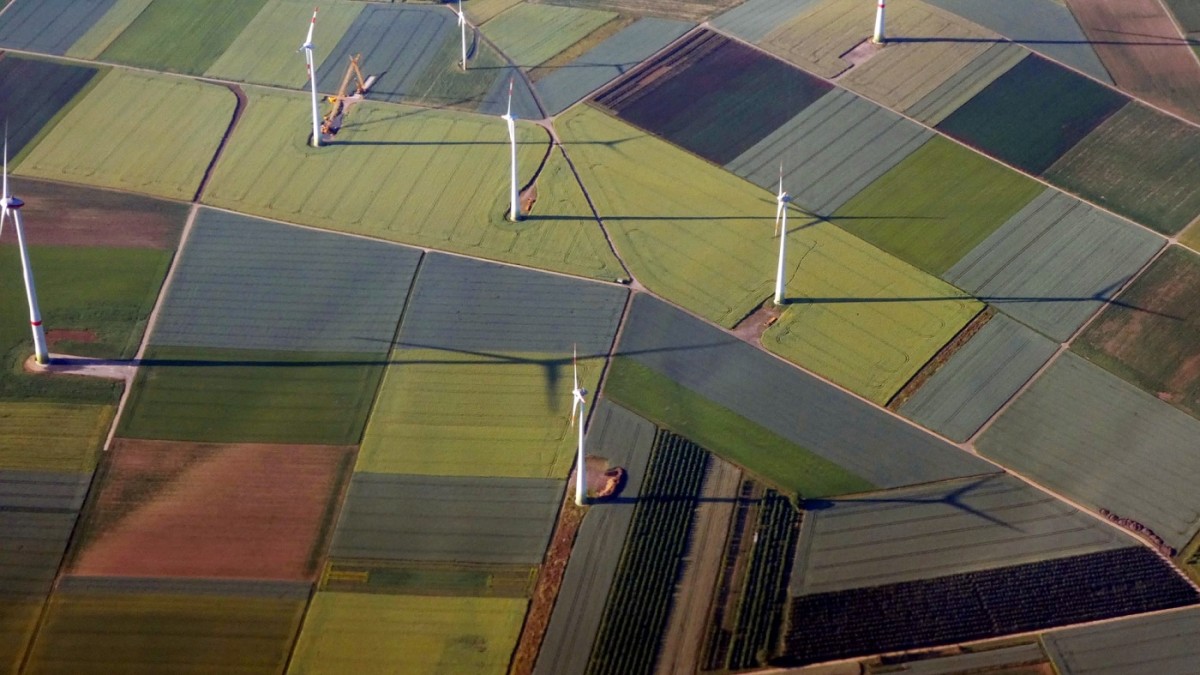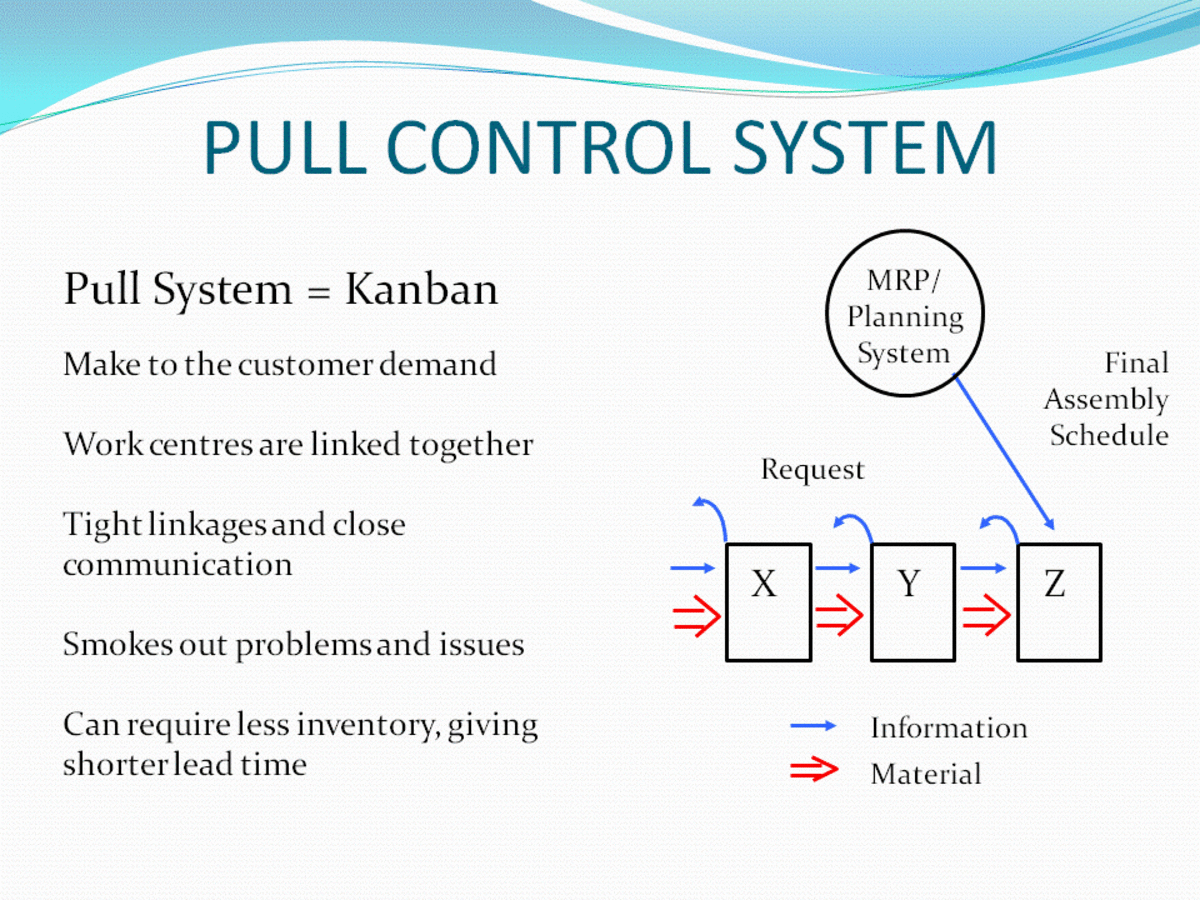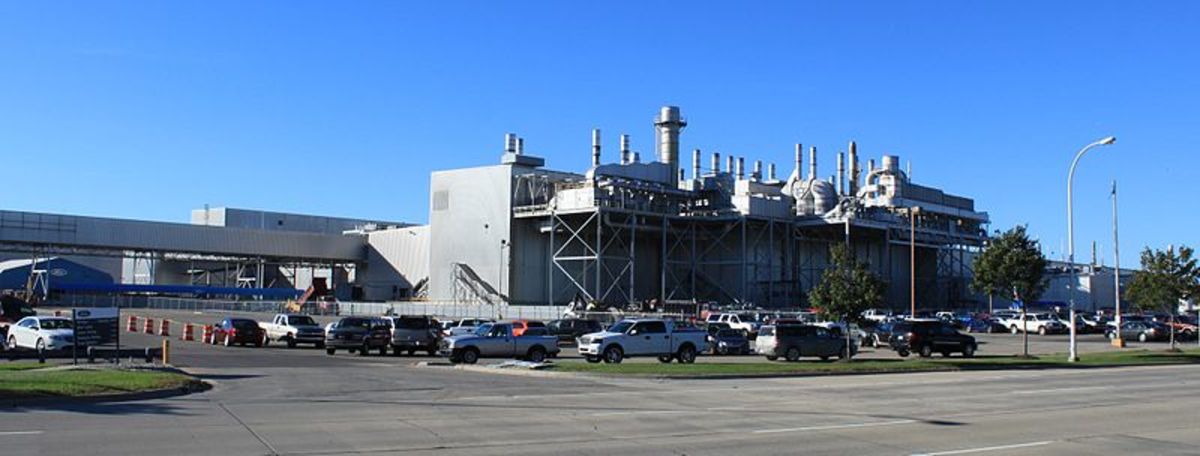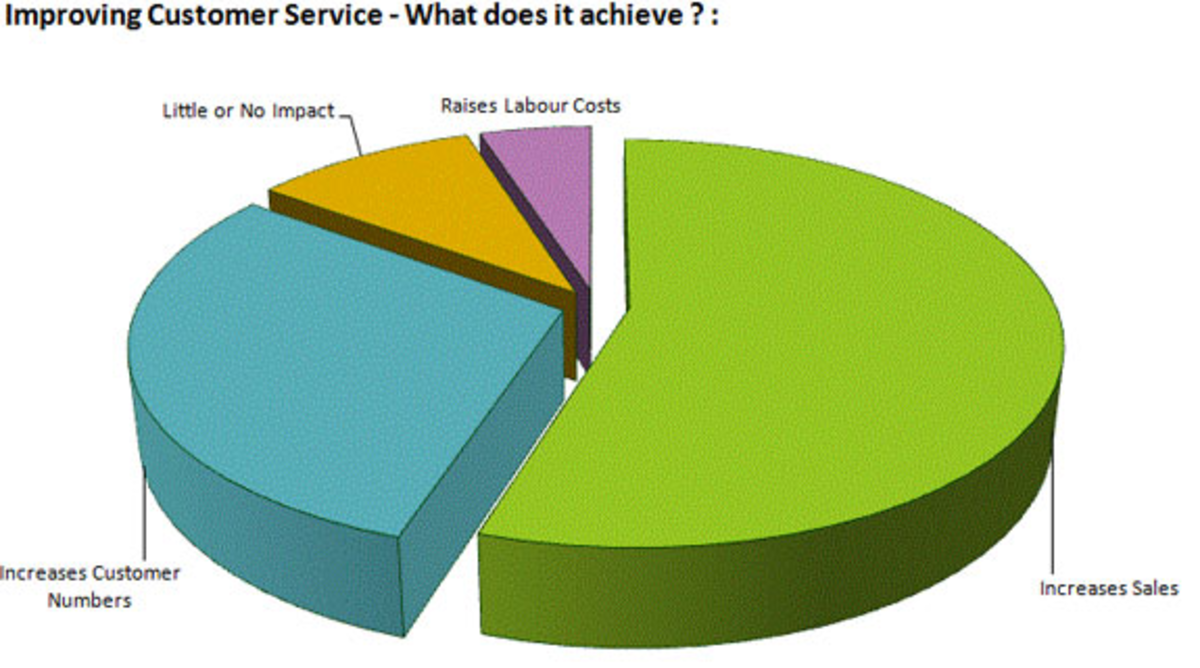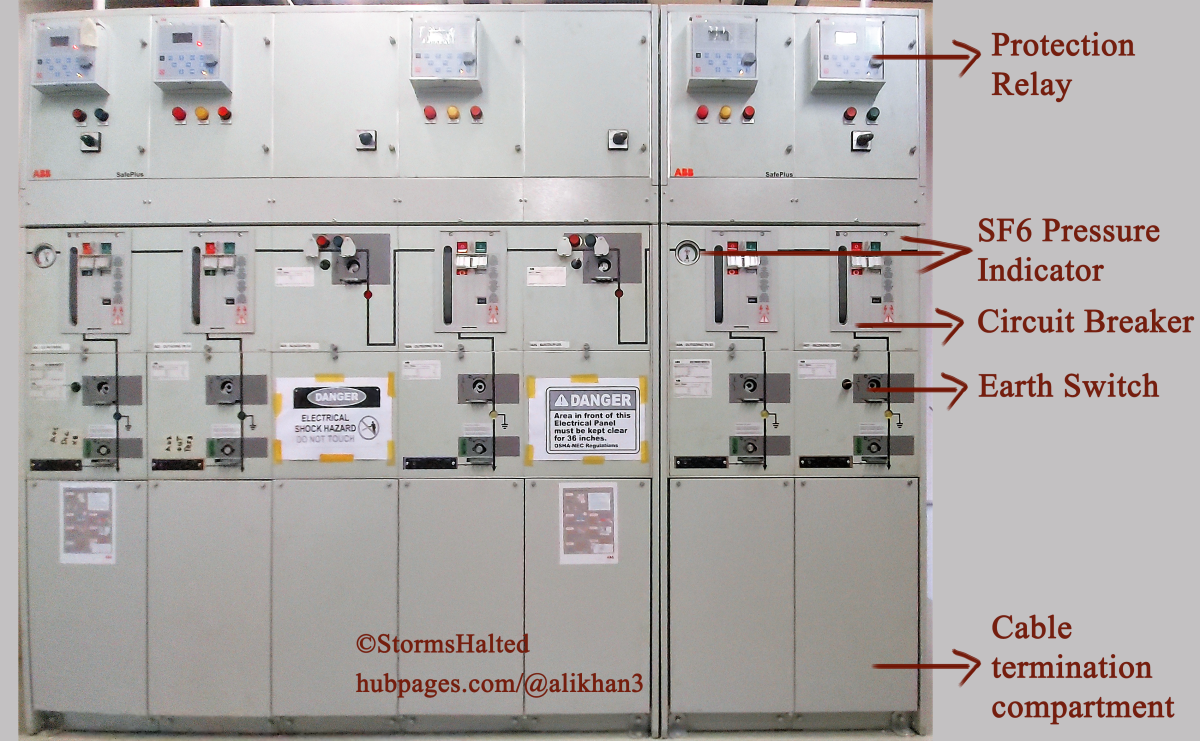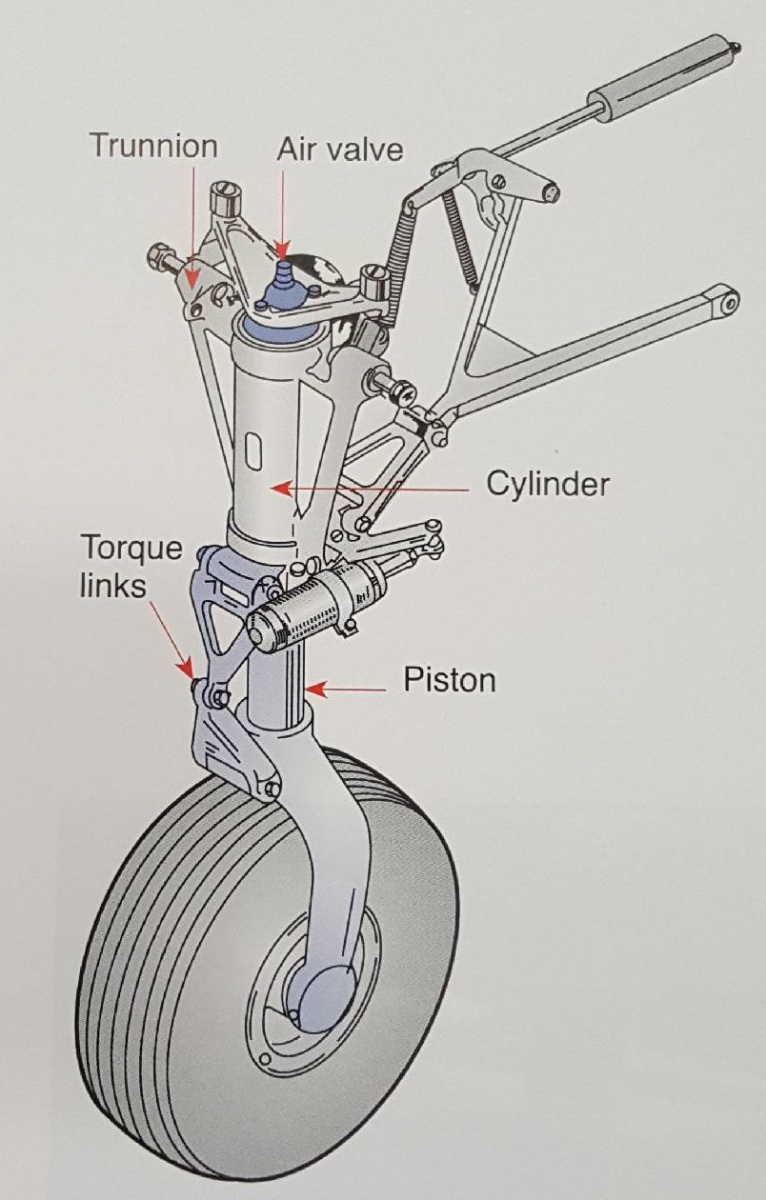Why Implementation of New Manufacturing Technologies Is a Challenge to Many Companies

Manufacturing is growing and changing on a tremendous note. In the past, the manufacturing process had relied on long hours on blueprinting, design, and working with individuals and groups in creating a final product. The emergence and development of the internet has significantly causes a great impact on society. Consequently, manufacturing is struggling to keep up with increased demand due to technological innovation. Further, the manufacturing technology has experienced and continues to experience astonishing growth when compared to the earlier times. The most recent years including 2016 have been the most innovative and outstanding in terms of advancing manufacturing technology in historical perspective. Beyond 2016, growth in this sector is believed to be radicalizing the manufacturing environment.
The investment in new modern technologies in manufacturing has presented immense benefits to businesses that have integrated and managed them effectively. However, in the event that the process is not conducted effectively, it could lead to a decline in company performance. This explains why the process of implementing novel technological innovations in manufacturing is considered as a complex problem. Apparently, there are a wide range of problems encountered by specific plants during implementation of advanced manufacturing technologies. These include requirement for special installations and resources, high cost of maintenance, unreliability or unavailability of suppliers, fear for investment risks, and lack of sufficient economic resources, lack of production regulation and policies and problems related to customs.
Strict regulations and policies have been a major concern for plants in implementing new technological innovations in manufacturing. Accordingly, just like other sectors, the manufacturing sector is facing a lot of compliance measures and regulation. Most of the operations including waste management, health and safety are heavily regulated. Nonetheless, some of these regulations are essential for environmental sustainability, economic sustainability, safety and health of employees and the sustainability of the companies themselves. However, some of these regulations have caused a lot of burden to these manufacturing plants especially when these regulations differ from one country to another.
Environmental Issues of Advanced Manufacturing Technology
New technologies have been designed in such a way that they are able to minimize environmental issues as much as possible. This is therefore among the benefits of advanced manufacturing technologies. For instance, in United States alone, the manufacturing sector, which is a subcategory of the industrial sector, consumes approximately 24 quads of basic energy per annum, constituting about 80% of industrial energy use. Accordingly, clean energy manufacturing has greatly improved utilization of energy as well as a significant reduction in greenhouse emissions. This has been made possible by the changes in regard to use of energy facilitated by the development of new processes and materials.
In the current perspective, there is existence of a wide range of new manufacturing operations and process technologies which are used in converting raw materials into finished products, mostly through long sequences of transitional forms of products. These operations which are defined as unit operations presents basic energy opportunities including advanced equipment which works by improving outcome and performance, reducing environmental risks and impacts, attaining higher energy efficiencies, and reducing wastage of energy when compared to extant processes. The new advanced manufacturing technologies have brought with them efficient manufacturing equipment as well as application of the process physics of the manufacturing operation that governs and facilitates energy consumption. Furthermore, processes such as equipment co-location, process step substation, process step elimination as well as other approaches for process integration have greatly worked in reducing the energy demands for manufacturing.

